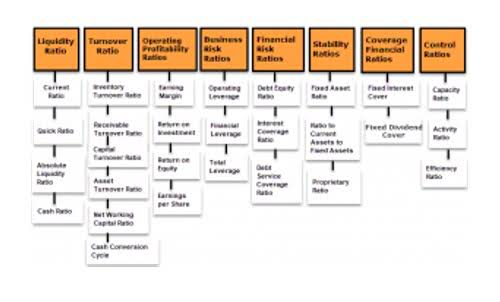
Yes, most accounting software allows automation of reversing entries. If the accountant did not make a reversing entry at the beginning of the year, the accountant will have this entry upon collection of the income. At the beginning of the next month, you reverse the entry to indicate the software purchase isn’t Interior Design Bookkeeping applicable for the new accounting period.
- Discover what an RFQ is, key elements it should include, best practices, and common pitfalls.
- Reversing entry apply to accrued expenses, revenues, and specific adjusting entries, making recording financial activities more straightforward.
- Reversing entries are invaluable after year-end adjustments for accrued liabilities or deferred revenues.
- Reversing entries are an essential tool for managing specific accounting scenarios.
- When the temp agency’s invoice dated January 6 arrives, the retailer can simply debit the invoice amount to Temp Service Expense and credit Accounts Payable (the normal routine procedure).
- For businesses with intricate financial transactions, such as accrued liabilities or prepaid expenses, reversing entries simplify tracking and management.
- The current entry would be to debit the accrual expense account and debit cash.
Business Insight
Reversing entries aren’t compulsory, but if accuracy is top of mind, they can ensure your company’s financial activity is well-documented. Automated software can speed up the process once the accountant makes adjustments and flags any affected transactions. If you haven’t already, consider implementing reversing entries to ensure your expense and revenue transactions are accurate, easy to understand and reliable.
Procedure of Recording Reversing Entry

Accountants create manual reversing journal entries to adjust or cancel previous transactions, especially those recorded incorrectly. These entries can be posted any time during the accounting period, offering flexibility. The purpose of these entries is to reverse the adjusting entries that were made in the previous financial reporting period. It is commonly used for revenue and expense account which had accruals or prepayments in the preceding accounting cycle and the accountant prefers not to keep these in the accounting system.
- These reversing journal entries illustrate how businesses can efficiently manage accrued expenses and payroll.
- Discover how procurement management software can streamline your purchasing processes, improve supplier relationships, and enhance overall efficiency for your organization.
- Most modern platforms offer features to schedule and track reversing entries seamlessly.
- Reversing entry in accounting is critical for maintaining accurate financial records and avoiding errors in accrual accounting.
- Adjusting entries are made to adjust the unrecorded events while reversing entries are made to cancel out those adjusting entries accounts that are created to just support these adjustments.
- For accrual basis accounting, a company will only make reversing entries if it uses this method of accounting.
Period-End Adjusting Entry

If a portion of a prepaid insurance expense is allocated to the current period, a reversing entry ensures that future payments are correctly recorded. Reversing entries are optional accounting procedures which gross vs net may sometimes prove useful in simplifying record keeping. Reversing entries are usually made to simplify bookkeeping in the new year. For example, if an accrued expense was recorded in the previous year, the bookkeeper or accountant can reverse this entry and account for the expense in the new year when it is paid.

HashMicro is Philippines’ ERP solution provider with the most complete software suite for various industries, customizable to unique needs of any business. Take the next step toward digital transformation by exploring HashMicro’s Accounting Software. Contact us now to schedule a free demo and experience how our system can enhance your company’s operations quickly and efficiently.
What is an example of a reversing entry?
An adjusting entry was made to record $2,000 of accrued salaries at the end of 20X3. The next payday occurred on January 15, 20X4, when $5,000 was paid to employees. The entry on that date required a debit to Salaries Payable (for the $2,000 accrued at the end of 20X3) and Salaries Expense (for $3,000 earned by employees during 20X4). If Paul does not reverse last year’s accrual, he must keep track of the adjusting journal entry when it comes time to make his payments.


When done right, reversing entries can save time, reduce errors, and improve overall bookkeeping efficiency. Duplicate entries can occur when adjusting and regular transactions overlap. Reversing entries clear these overlaps at the start of the new period, ensuring only one entry remains in the records. Used for revenues that have been earned but not yet received, these entries prevent duplicate income recognition. They are often applied to service agreements or long-term contracts.
Advance Your Accounting and Bookkeeping Career
These are applied to revenues received in advance but recognized in part during the prior period. Once the reversing entry is made, you can simply record the payment entry just like any reversing entries are optional other payment entry. With HashMicro’s Accounting Software, you can effortlessly automate tasks like bank reconciliations and invoice generation. Offering advanced features at competitive prices, it’s the ideal solution to modernize your accounting processes efficiently.
